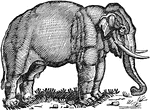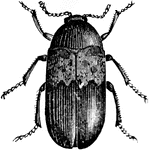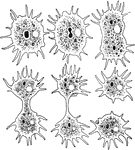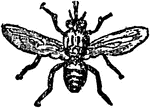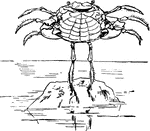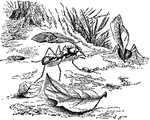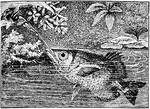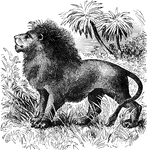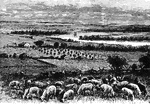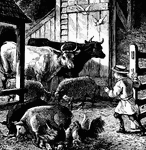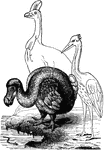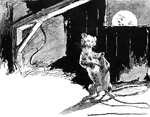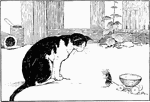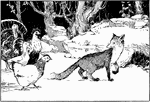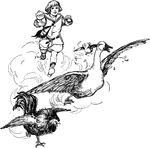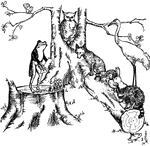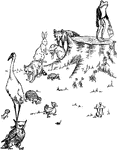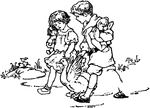
Horse Foot
"Successive stages of modification of the feet of extinct forms of horse-like animals, showin gradual…
Horse Foot
"Successive stages of modification of the feet of extinct forms of horse-like animals, showin gradual…
Horse Foot
"Successive stages of modification of the feet of extinct forms of horse-like animals, showin gradual…
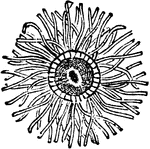
Actinia
"A genus of marine animals closely allied to the Hydraform Polypi, but of much greater size, and always…
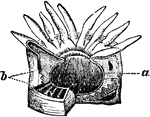
Actinia
"A genus of marine animals closely allied to the Hydraform Polypi, but of much greater size, and always…
Sandworm
"A small class of Articulated Animals, mostly included by Linnaeus in his class Verimes. They have a…
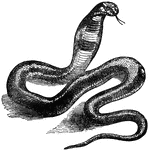
Asp
"A venomous serpent, the name of which has come down from ancient times; the vague descriptions of ancient…
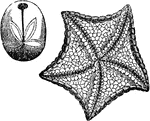
Echinodermata
"A class of radiate animals, the highest in organisation of the great division of the animal kingdom.…
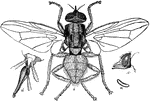
Horn Fly
This insect derives its common name from the fact that it seems to prefer clustering in great numbers…
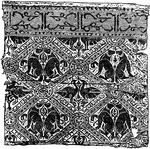
Brocade
Brocade woven in red and olive green silks and gold thread on a cream-coloured ground. Along the top…
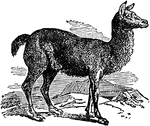
Alpaca
A close relative to the Llama, the Alpaca is used primarily for its wool. It lives in the wild, and…

Cicada Septendecim
Also known as the Seventeen-Year Locust, derives its specific name from the fact that it makes its appearance…
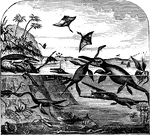
Reptiles
In this age the animals and plants begin to resemble existing species. The age is characterized mainly…

Organic Life, Collage of
A collage of different types of organic life including deer in a forest, farmers harvesting wheat, and…
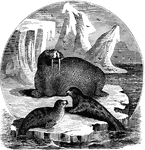
Seals and Walrus
Fur Seals make up one of the two distinct groups of mammals called "seals". Both the fur seals and the…
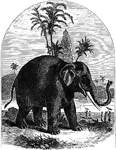
Elephant
Elephants are mammals, and the largest land animals alive today. The elephants gestation period is 22…
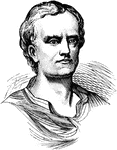
Caucasian
Caucasians typically have the lowest degree of projection of the alveolar bones which contain the teeth,…
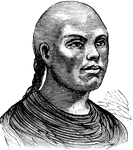
Asian
The chief characteristics of the Asian race are: broad head; angular face; high cheek-bones; small,…
Banner
This banner contains images of flowers, vines. In the center of the banner are two lions with wings…
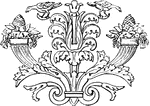
Banner
This banner contains images of leaves in two different vases. There are two birds in the center of the…
Banner
This banner contains images of several different animals. There are also floral arrangements surrounding…
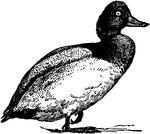
Scaup Duck
"The scaup (Fuliguia mariula) is a winter visitor to the United States and Southern Europe.…
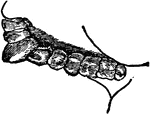
Teeth of a Frugivore
Teeth of a frugivore (fruit-eating animal). Animals that live on soft fruits do not need such grinders…

Teeth of Man and Several Animal Species
1. Dentition (teeth) of man. 2. Dentition of hyena. 3. Dentition of pig. 4. Dentition of Patagonian…

Girl with Animals
Girl outside with a dog and a rabbit, looking and pointing to the birds on a tree branch.
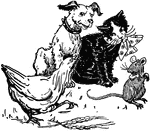
Animals
Characters from "The Little Red Hen." The dog, cat, and rat do not want to help the hen make bread.
Animals
The Little Red Hen enjoys gives the bread to her chicks because they worked to make the bread. The cat,…

Cow Grazing on a Thorn-Tree
The image shows a cow grazing on a thorn-tree. A cow and many other animals graze with their tongue…

Old Woman and Animals
The line of characters and their actions in order for the pig to go over the stile.
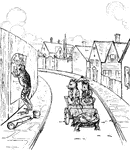
Mice in a Turtle-Drawn Carriage.
A mouse couple in their turtle-drawn carriage watching a frog post signs.
